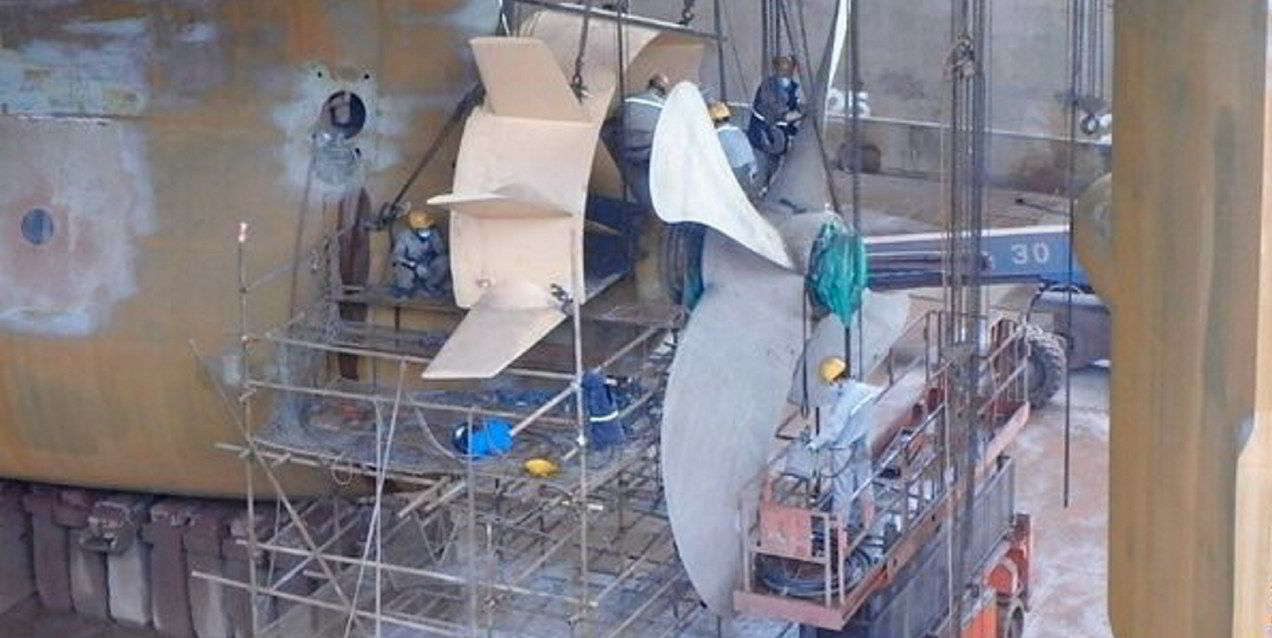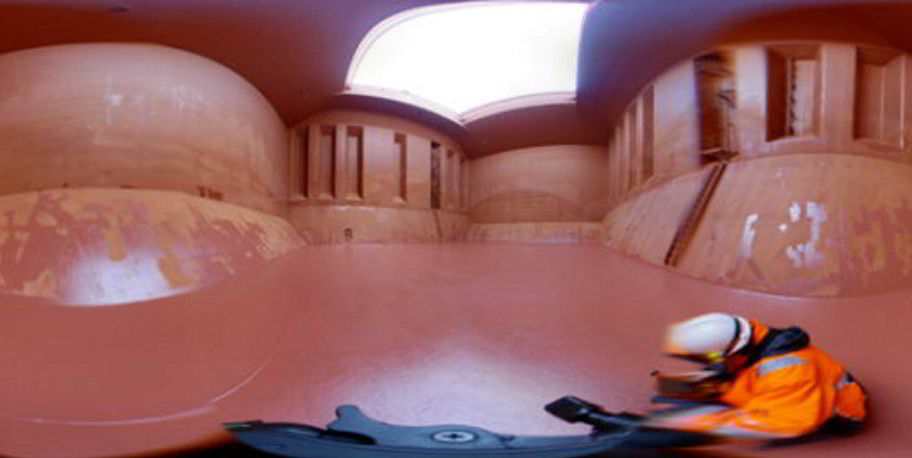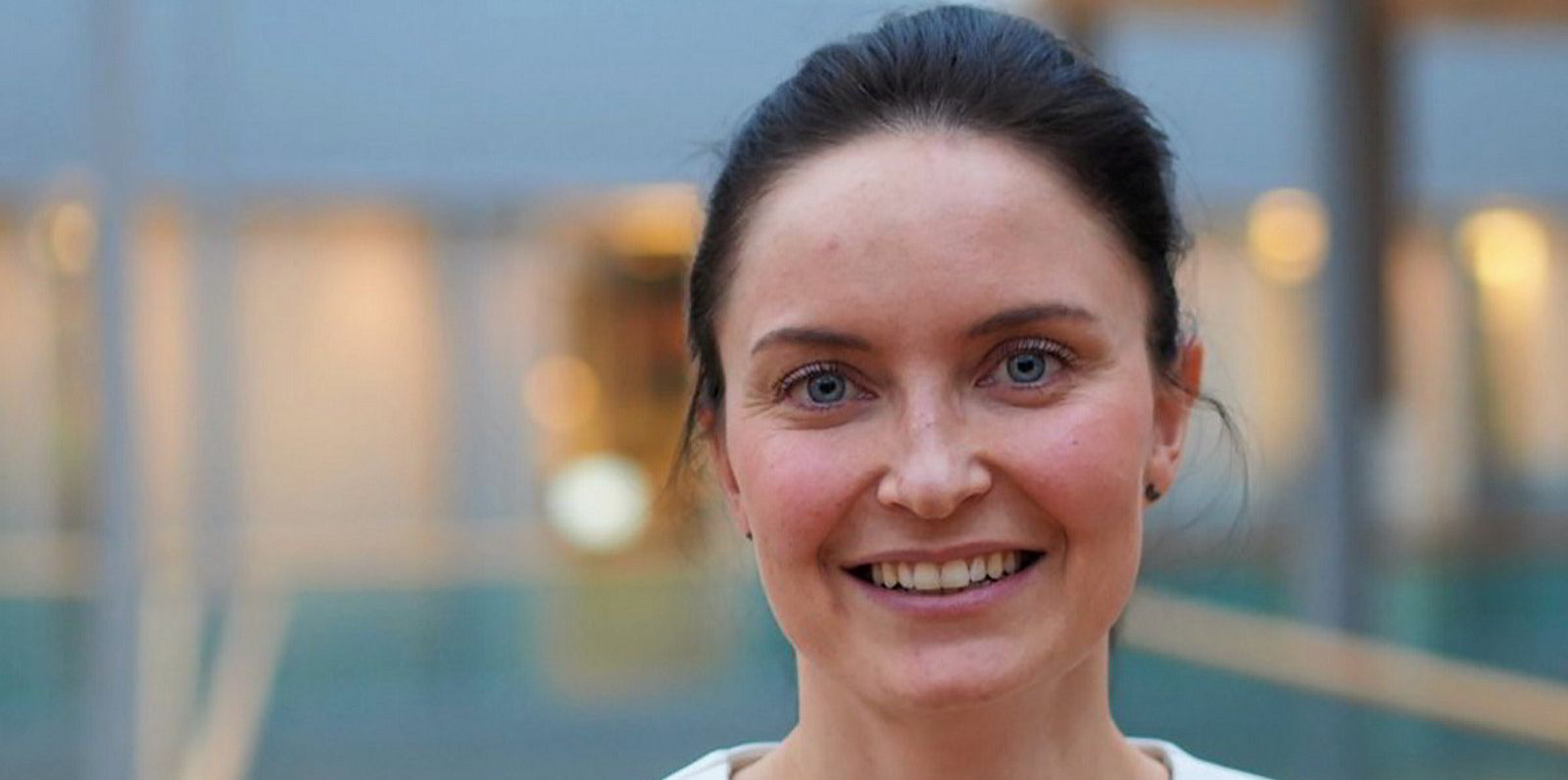Norway's Klaveness Combination Carriers (KCC) has revealed another initiative to improve the energy efficiency of its vessels.
It has brought in Germany's Becker Marine Systems for a fleet-wide roll-out of the Becker Mewis Duct.
This tailored hull appendix is designed to improve the hydrodynamics of the flow into the ship's propeller, increasing propulsion efficiency and reducing fuel consumption.
Initial findings from model tank studies and a pilot scheme involving the 72,600-dwt Cabu carrier Banastar (built 2001) have provided confidence that the system will firmly contribute to KCC's targets of reducing CO2 emissions and increasing fuel cost savings, the Oslo-listed company said.
The 80,200-dwt Baffin (built 2006) is now being fitted with the system during a stay in dry dock.
In 2022, a further four KCC vessels will benefit from the upgrade during planned yard stays.
"KCC's expectations are that the system will improve the fuel efficiency by an average of 5% — and result in emissions savings of 800 tonnes of CO2 per ship per year," the shipowner added.
KCC is already rolling out semi-autonomous hull cleaning across its fleet to further reduce its carbon footprint.
It said it will "leave no stone unturned" in its decarbonisation quest after partnering domestic technology start-up Shipshave.
Shipshave's In-Transit Cleaning of Hulls system is the first to operate while the vessel is sailing, with the main objective being to prevent the early-stage growth of hull fouling.
A robot harnesses propulsion energy for its underwater operations.
KCC has said it will not order new vessels unless they can reach zero emissions.
The board has authorised an extra $2.5m for new investments to help achieve this.






